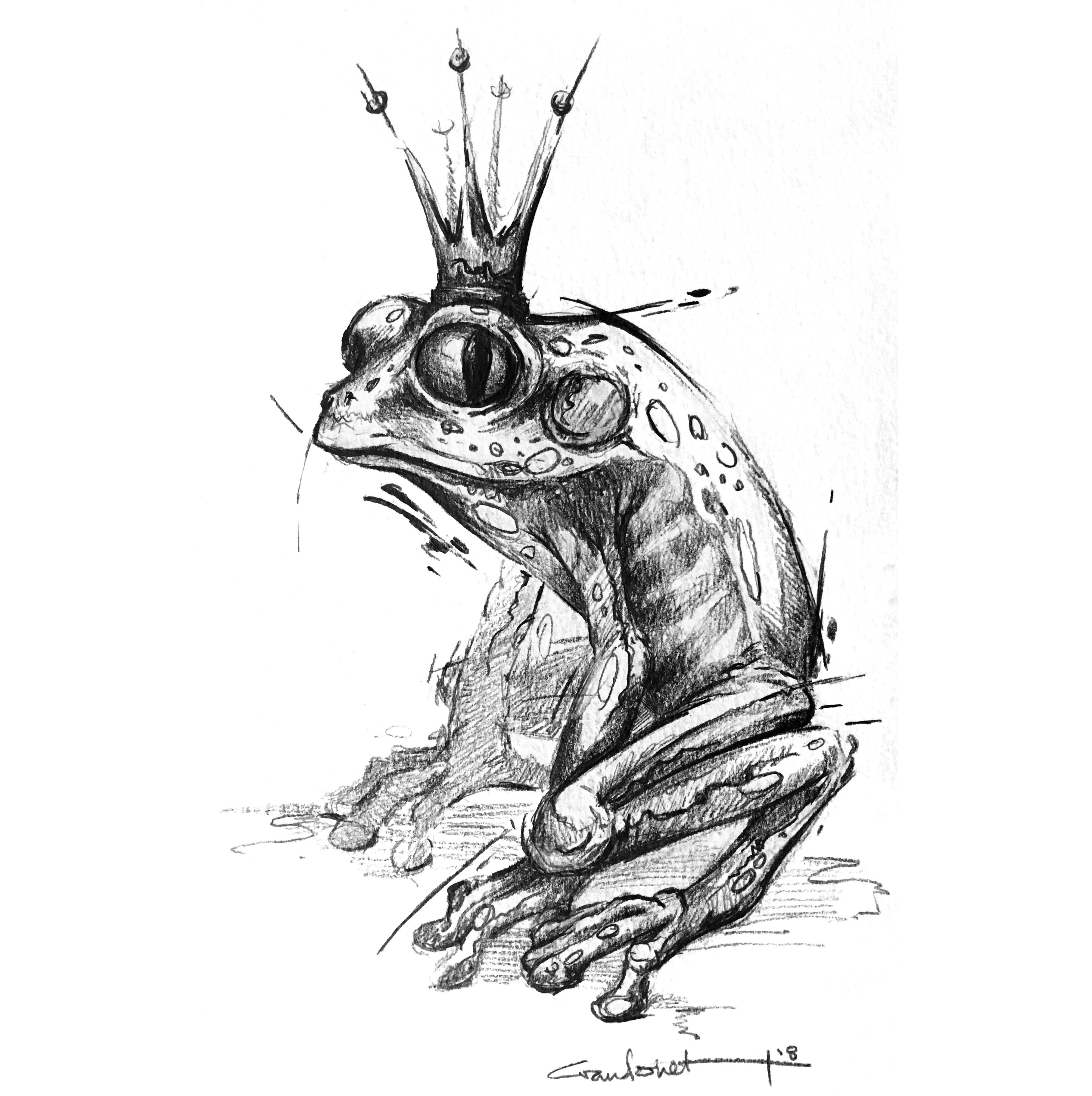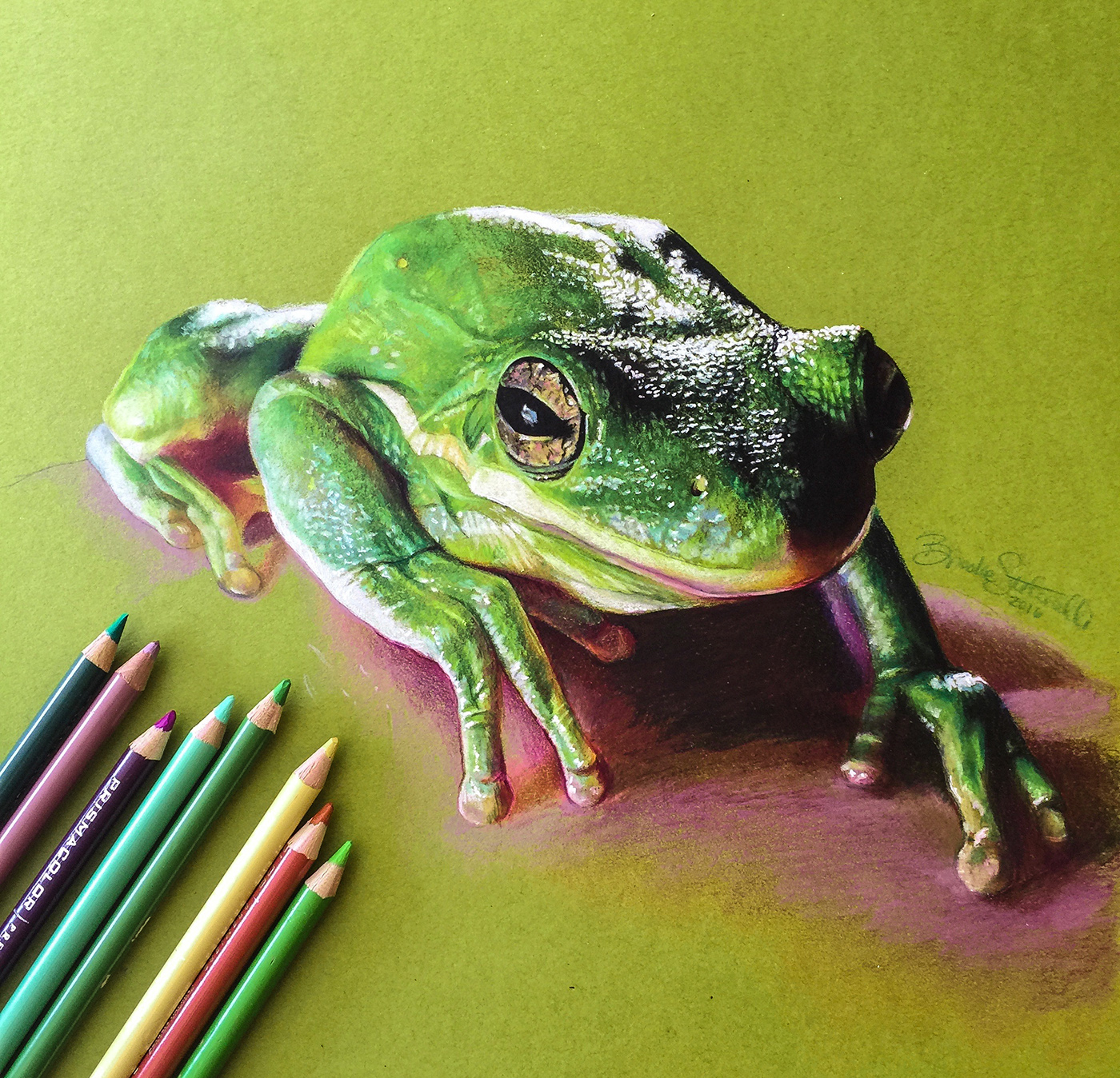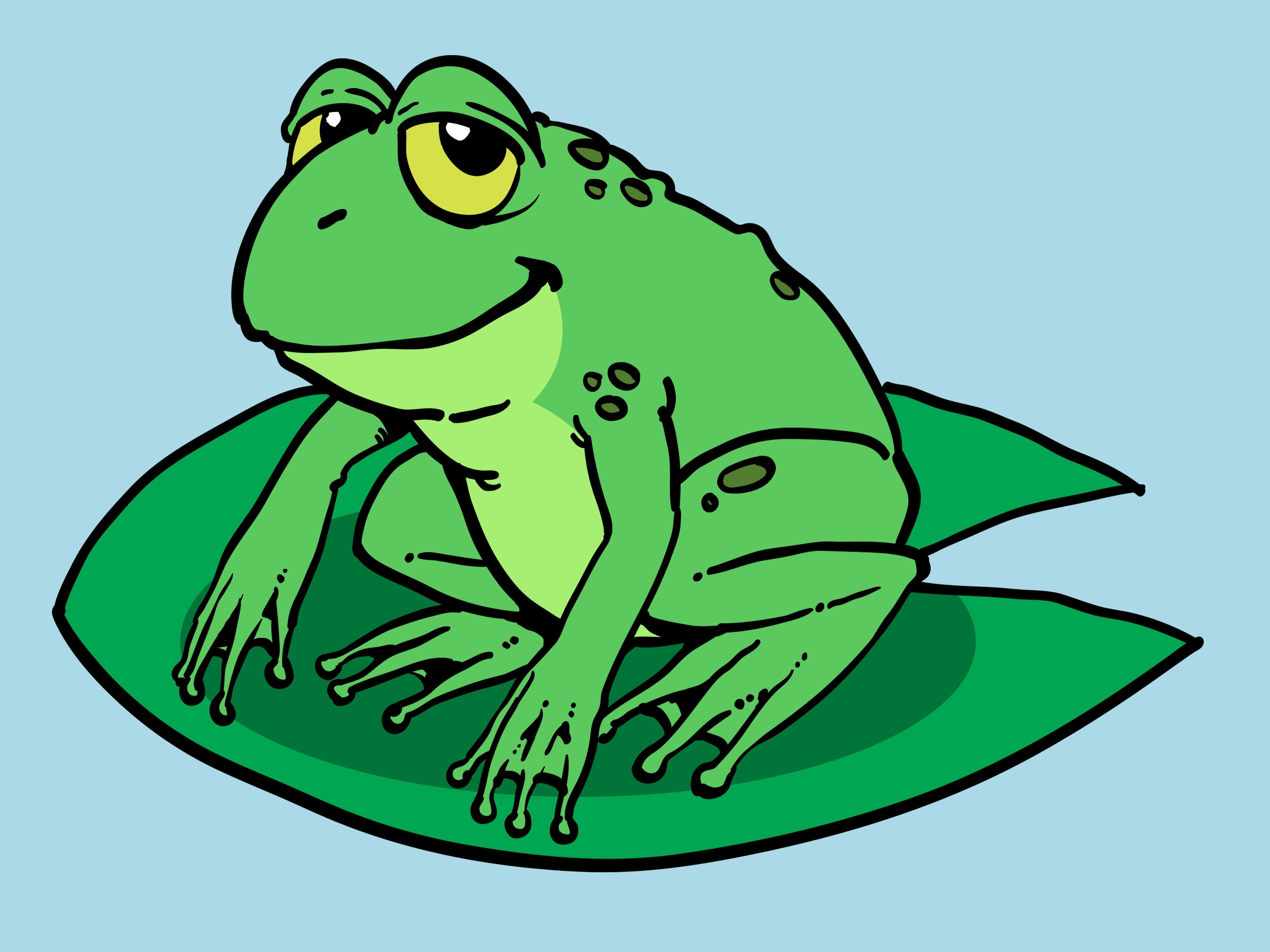
Introduction
Frog drawing sketches are a delightful way to express your creativity and love for these fascinating creatures. Whether you are an experienced artist or a beginner, frog sketches can be both fun and challenging. In this article, we will explore various techniques and tips to create stunning frog drawings that will captivate your audience.

Getting Started with Frog Drawing Sketches
Before diving into the world of frog drawing sketches, it is important to gather the necessary materials. You will need a sketchpad, pencils of various grades (ranging from H to B), an eraser, and a sharpener. Additionally, you may want to have reference pictures or live frogs to observe their unique characteristics.

Observing Frog Anatomy
To create lifelike frog drawings, it is essential to understand their anatomy. Take a closer look at frogs and observe their body structure, skin texture, and proportions. Pay attention to details such as the shape of their limbs, the position of their eyes, and the patterns on their skin. This observation will help you accurately depict frogs in your sketches.

Choosing the Right Pencil
Pencils play a crucial role in creating realistic frog drawings. Depending on the level of detail you want to achieve, choose the appropriate pencil grade. Harder pencils (H) are ideal for light outlines and initial sketches, while softer pencils (B) are perfect for shading and adding depth to your drawings. Experiment with different pencils to find your preferred style.

Sketching the Basic Shapes
Start your frog drawing by sketching basic shapes to establish the overall structure. Use light and loose pencil strokes to create an outline of the frog's body, head, and limbs. Focus on capturing the general proportions and positioning of different body parts. This initial sketch will serve as the foundation for adding more details later on.

Adding Details and Textures
Once you have the basic shapes in place, it's time to add details and textures to your frog drawing. Observe the unique patterns on the frog's skin and carefully replicate them using light and delicate pencil strokes. Pay attention to the direction of the strokes to create a sense of depth and realism. Gradually build up the details, ensuring that each stroke contributes to the overall texture.

Shading and Highlights
Shading is an essential technique that brings depth and dimension to your frog drawings. Identify the light source in your reference picture or imagination and create areas of shadow accordingly. Use a softer pencil to gradually build up the shadows, blending them smoothly for a realistic effect. Add highlights to certain areas, such as the eyes or wet parts of the frog's skin, to create contrast and make your drawing come alive.

Exploring Different Perspectives
To add variety to your frog drawing sketches, experiment with different perspectives. Instead of always drawing frogs from a side view, try capturing them from different angles ??? from above, below, or even in mid-jump. This will not only enhance your drawing skills but also provide a fresh and unique take on frogs in your artwork.

Using Colors in Frog Drawings
While frog drawing sketches are often done in black and white, you can also explore the use of colors to add vibrancy to your artwork. Watercolor pencils or paints can be used to delicately apply color to your drawings. Study the natural colors of different frog species and use them as inspiration to bring your drawings to life.

Adding Background Elements
To create a complete and visually appealing frog drawing, consider adding background elements. You can place the frog in its natural habitat, such as a pond or a lush green environment. Alternatively, you can create an abstract or imaginative background that complements the frog and adds depth to the overall composition.

Experimenting with Mixed Media
Don't limit yourself to just pencil and paper when it comes to frog drawing sketches. Embrace the world of mixed media and explore different materials such as charcoal, pastels, or markers. Combining different mediums can add unique textures and effects to your artwork, making it stand out.

Practicing Patience and Persistence
Creating impressive frog drawing sketches requires practice, patience, and persistence. Don't be discouraged if your initial attempts don't meet your expectations. Keep practicing, experimenting with different techniques, and learning from your mistakes. With time and dedication, you will see significant improvement in your frog drawings.

Sharing and Showcasing Your Artwork
Once you have mastered the art of frog drawing sketches, it's time to share and showcase your artwork. Join online art communities, social media groups, or local exhibitions to connect with fellow artists and enthusiasts. Sharing your work not only provides valuable feedback but also inspires others to explore the world of frog drawings.

Conclusion
Frog drawing sketches offer a creative and enjoyable way to express your love for these fascinating creatures. By observing frog anatomy, using the right pencils, adding details and textures, and experimenting with different techniques, you can create stunning drawings that capture the essence of frogs. Remember to practice, be patient, and share your artwork to inspire others in their artistic journey.